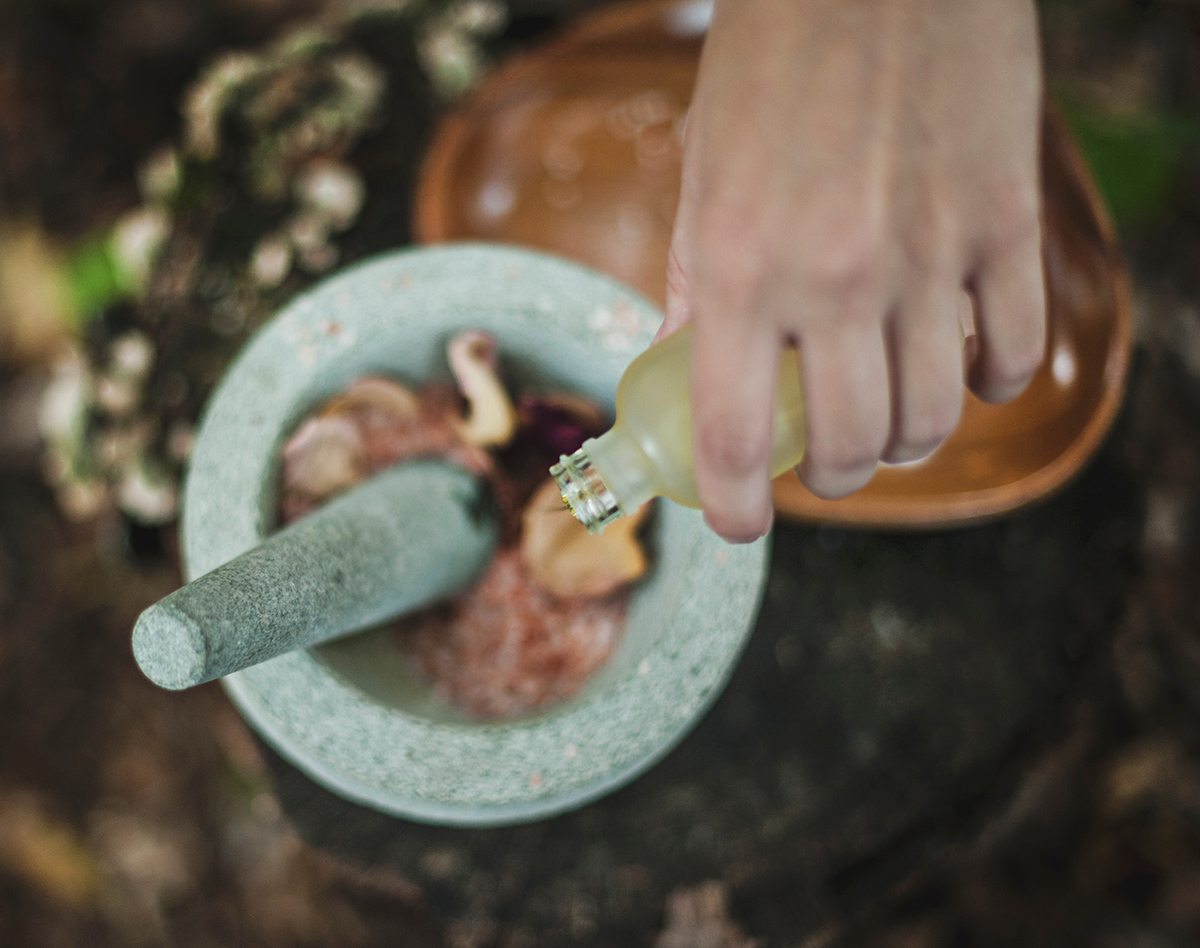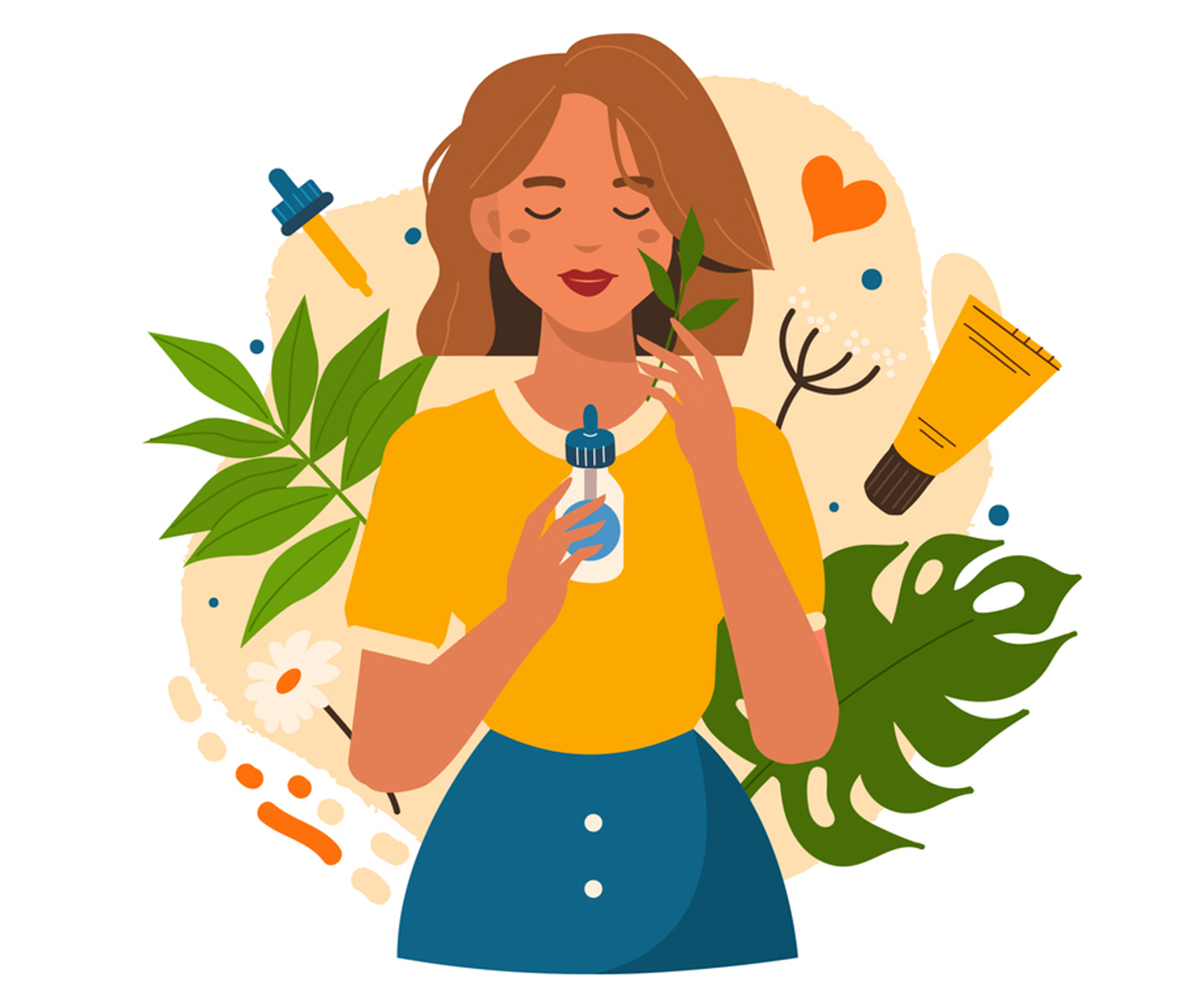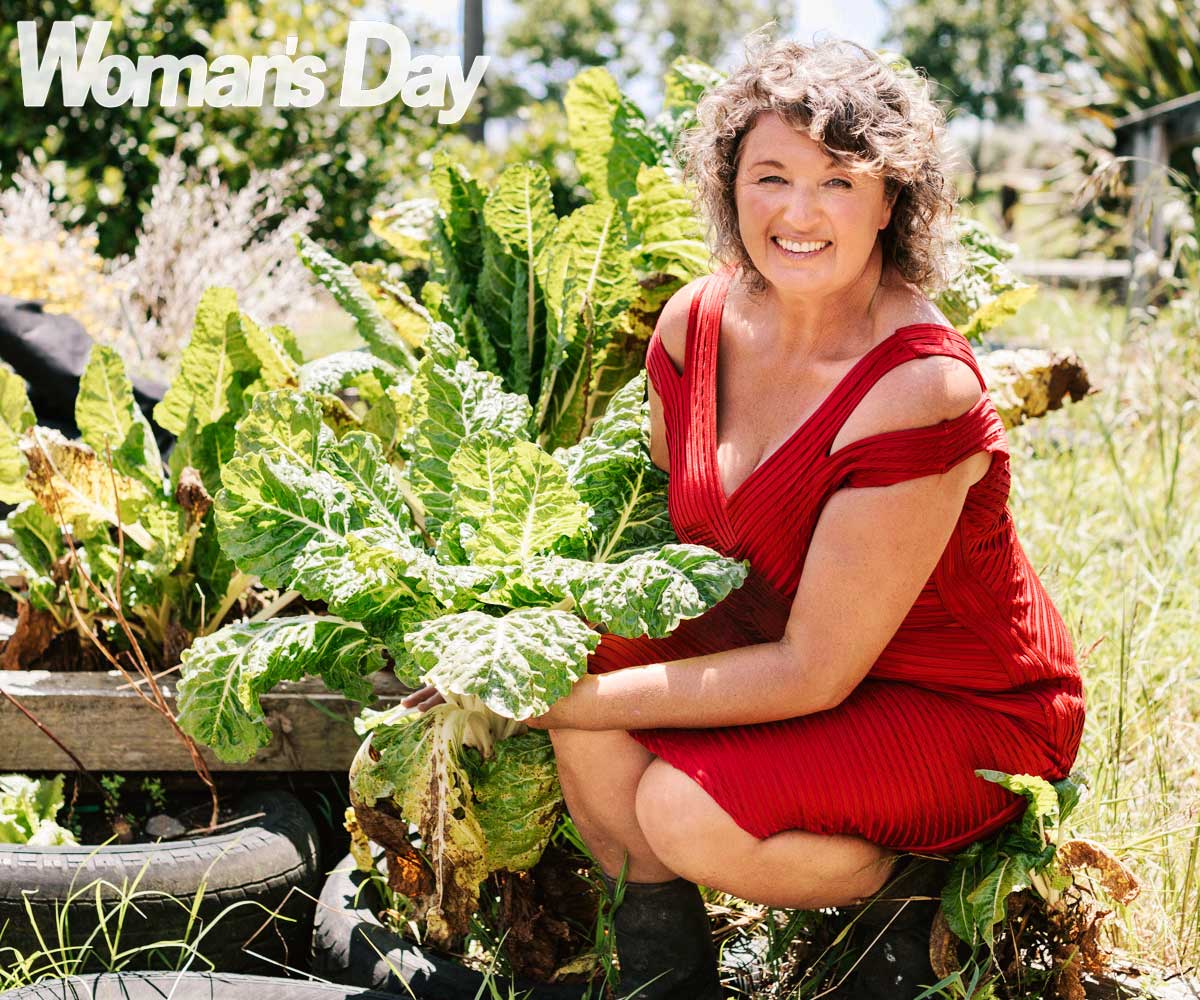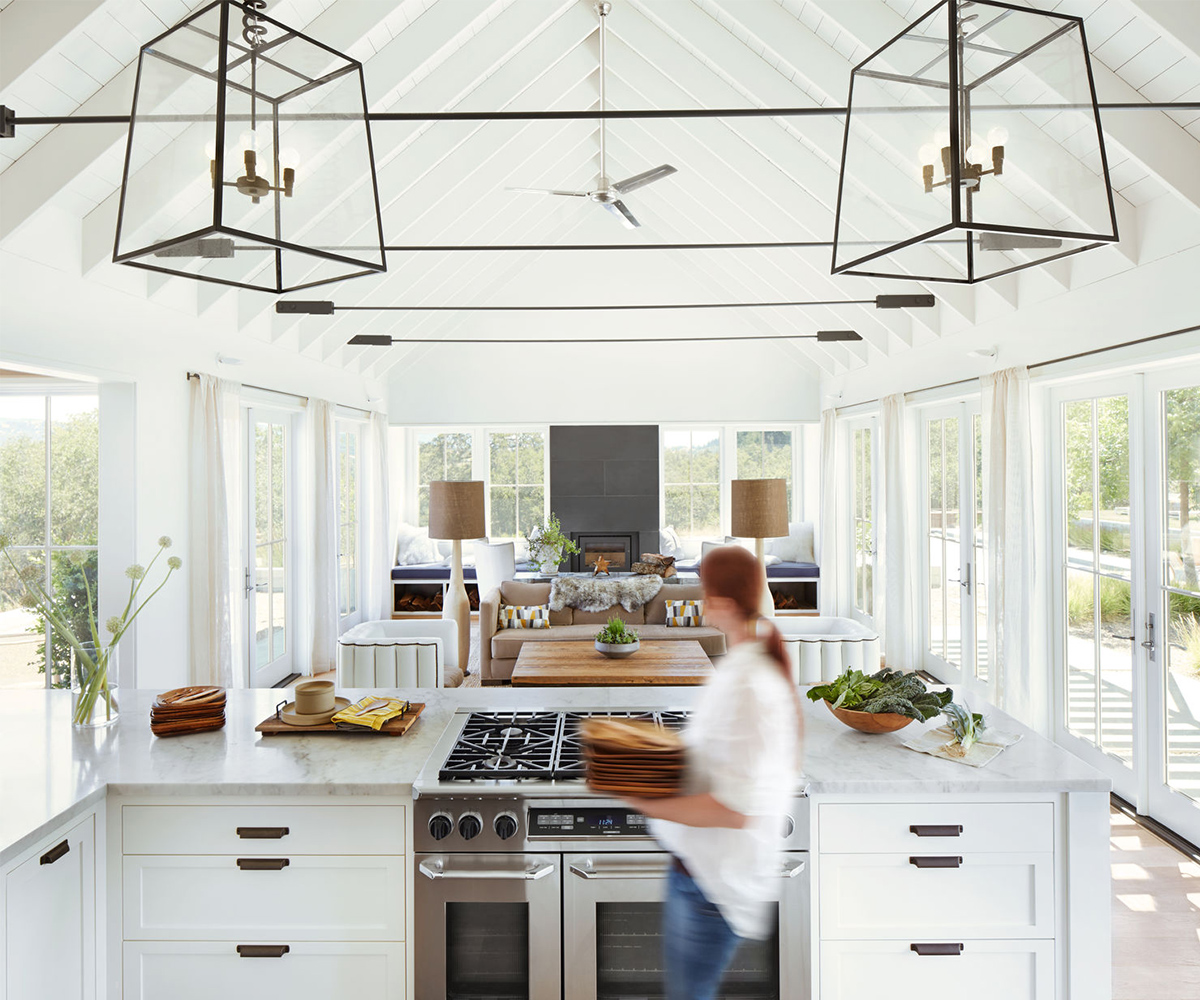There is no avoiding chemicals.
We encounter them in every product we use, in each room of our house, and wherever we go when we step outside.
Some of those chemicals are entirely safe. However, we are becoming increasingly aware that others are nasties.
Many common synthetic chemicals have been linked to cancer, or are known to disrupt hormones, lower sperm counts, irritate skin, and even contribute to obesity.
No one can tell us everything that repeated daily exposure to these substances might be doing to our bodies, but there is a consumer-led movement to start eliminating them from our lives.
Making 2020 the year you and your family go low-tox is going to be challenging. Some products will try to hoodwink you by claiming to be natural, organic or botanical when they are anything but.
By the time you have decoded the tongue-twisting names on many of the ingredient lists, you may feel like you qualify for a degree in chemistry.

Fortunately, there are people dedicated to helping us lower our toxic load.
Australian Alexx Stuart has built an entire business advising people how best to do it. She has an informative website, offers online courses, makes podcasts, runs workshops and has written a book, Low Tox Life: a Handbook for a Healthy You and a Happy Planet (Murdoch Books, $36.99).
The best place to start is in your own home, where you have some control.
Rather than getting overwhelmed by trying to overhaul everything at once, Alexx advises changing one thing a week.
A good place to begin is the bathroom where so many of our personal care items are laced with phthalates (endocrine-disrupting gelling agents), parabens (preservatives) and the potential carcinogen sodium lauryl sulphate (it gives shampoo and body wash a lather).
Other nasties include triclosan which is found in antibacterial handwash and some toothpaste and is known to upset the balance of the gut microbiome, potentially leading to colitis and the growth of tumours.
“One of the quickest changes you can make is to ditch all the fake smells from your home,” says Alexx.
“Synthetic fragrance has up to 140 compounds so it’s very different to anything our body understands.”
From toiletries and laundry products to air fresheners and even candles, if it is not naturally scented with essential oils, don’t bother.
The giveaway on ingredient lists is the word ‘fragrance’, which could mean any of a number of substances but will almost certainly include phthalates as they give a scent its stickability.

When it comes to skincare, the minute you mix water and oil to create an emulsion – such as a cream moisturiser – there is a risk of contamination from mould, yeast and bacteria so some sort of preservative is required.
Natural skincare brands opt for paraben-free versions but if you really want to be a purist choose plant-based facial and body oils, and use them up quickly to avoid them going rancid.
The kitchen is another area ripe for change.
For a start, anything with a non-stick coating should go; cast iron, enamel and stainless steel are safer to cook with.
Store and heat your food in glass rather than plastic, and use hardwood chopping boards and stainless-steel utensils.
Baking paper is handy but it may be bleached and contain toxic dioxin so it is better to grease your stainless-steel oven tray with butter the way Nana did.
And if you’re thinking of treating the family to takeaways, consider the fact that the greaseproof packaging used to wrap things like burgers contains PFASs (long-chain per- and polyfluoroalkyl substances), which are associated with developmental problems in children, decreased fertility and an increased cancer risk.

Spritzing fruit with white vinegar (then rinsing) will help reduce your home’s chemical load.
(Credit: Unsplash)Ditching highly processed, manufactured foods is an obvious way to cut down on synthetic additives.
But what about fresh produce – isn’t it covered with pesticides?
According to the Environmental Working Group, the five most sprayed fruit and vegetables are strawberries, spinach, nectarines, apples and grapes.
Those with the lowest pesticide residue are avocados, sweetcorn, pineapples, cabbage and onion.
Growing your own, buying spray-free where possible and cleaning produce with vinegar are all options – Alexx advises spraying fruit such as apples with white vinegar, leaving for two minutes then scrubbing with a scouring brush. More delicate produce, such as berries, can be sprayed and rinsed.
Another suggestion is to identify three popular items in your fridge or fruit bowl and switch to organic or spray-free versions.
Growing your own veges, particularly herbs and leafy greens, has never made more sense.
While we all like a clean house and clothes, toxic cleaning and laundry products aren’t only bad for us, they risk polluting our waterways.
There is a long list of nasties to avoid here – ammonia, benzalkonium chloride, 2-butoxyethanol, for instance – but the good news is our supermarket shelves are stocked with plenty of more natural, less harmful alternatives so you don’t have to spend time mixing up concoctions of white vinegar and Castile soap (unless you really want to).
Then there is the matter of dust.
Not only is it a nuisance that collects on every surface, it is actually a concentration of many contaminants – and we ingest a lot of it each day.
Reducing the harm is as simple as vacuuming regularly and dusting with a damp cloth – no chemicals needed. Removing outdoor shoes before coming inside will help avoid bringing in contaminants in the first place.
You might think that somebody should be regulating all these worrying substances – our own Environmental Protection Authority, for instance.
The organisation does have a priority list of chemicals that are being reassessed but they are mostly heavy-hitters such as herbicides, organophosphates and poisons that have a known risk for human health and the environment.
There aren’t the resources to investigate every worrying chemical of the 140,000 or so that are out there, so it is up to us to reduce harm ourselves.
Alexx Stuart has three questions she asks herself with every product she uses. How is it made? What is it made of? Am I okay with that?
She stresses it is important not to panic, and to accept that some synthetic chemical exposure is an inevitable part of life.
“You’d be lonely, sad and obsessive if you thought you could change everything.”




